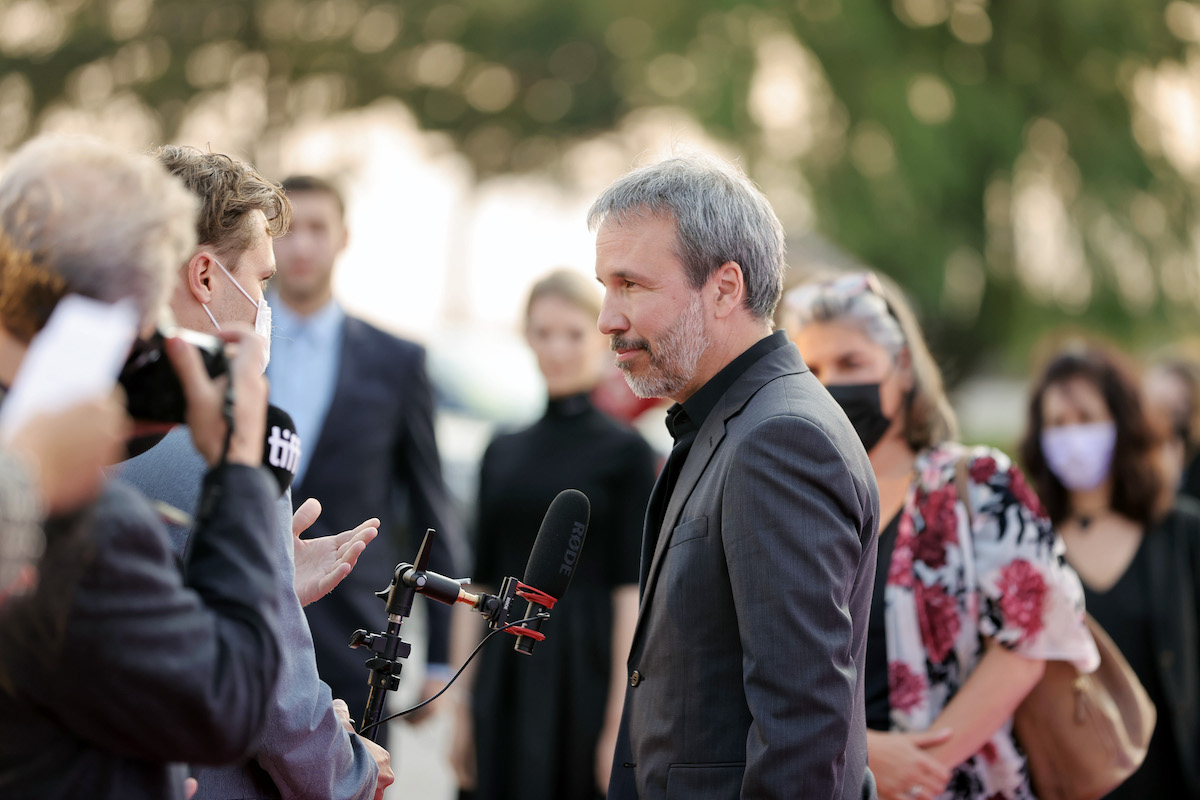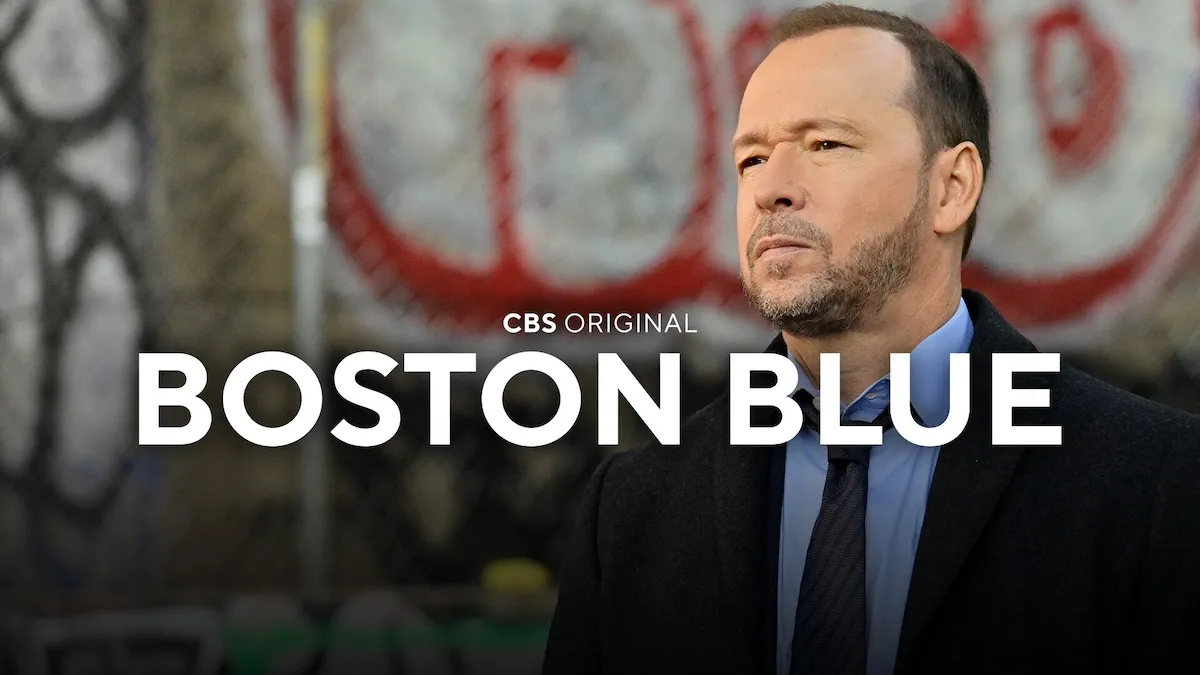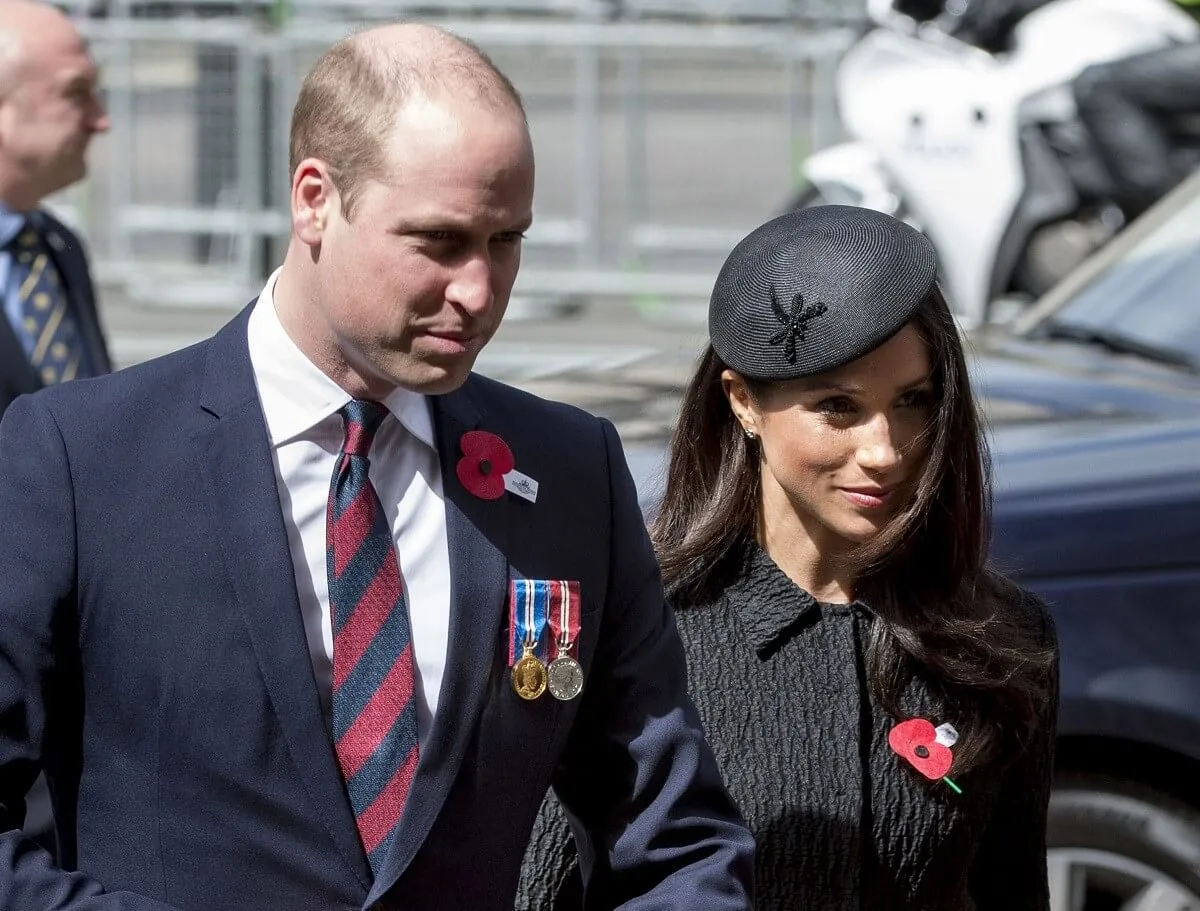Where Was Denis Villeneuve’s ‘Dune’ Filmed?
Science fiction lovers can rejoice. The newest adaptation of the novel, Dune, written by Frank Herbert, will premiere in theaters on October 22, 2021. It will also be available on HBO Max for 30 days. Canadian director Denis Villeneuve’s adaptation of this classic novel is sure to please viewers with the exotic and extreme scenery. Villeneuve insisted the film be shot on-location filming locations and receive minimal special effects. So where did he go to ensure his film was true to the book?
The plot of ‘Dune’ is considered a triumph of the imagination set on a desert planet
Dune is a hero story about a brilliant young man, Paul Atreides, who has a great destiny he can’t fully comprehend, as IMDb details. He must travel to the most dangerous planet in the universe in order to save his family and his people.
There, on the planet Arrakis, one can find the most precious resource in the universe: a specific spice. This spice’s drug-like properties can extend human life and improve human thought. Everyone wants this resource and will fight for it. Atreides must do what is necessary to protect this most precious resource.
Strong Arabic themes and desert locations inspired the world of Dune. Islamic and Arabic culture influenced Herbert when writing his novel. A strong theme in the book involves the struggle over the spice, a resource needed for intergalactic space travel and higher thinking.
One could argue about similarities between this spice and oil in the Middle East. In both instances, there are strong power struggles to control the valuable resources. The distinct themes of the desert struggle over a product made the filming location crucial for the authenticity of the film.
Where was ‘Dune’ filmed?

When Villeneuve agreed to film the latest adaptation of Dune he sought to keep it as real as possible. Gizmodo reports that he said, “I strongly believe that as human beings, what is around us has an impact on inspiration.” He explained that he only agreed to the movie on the condition that he shot in the real desert. “My argument was, ‘They didn’t shoot Jaws in a swimming pool.'”
Villeneuve wanted the world of Dune to feel real for both the actors and the audience. While CGI (computer-generated imagery) is effective in most science fiction films, it does not provide the authenticity for the world he sought to create. To fix this problem, Villeneuve filmed across Europe and the Middle East, shooting scenes on location instead of in front of a green screen.
The Focus reports that locations for Dune included the United Arab Emirates, Jordan, Hungary, Austria, Slovakia, and Norway. Specifically, production shot the ocean world of Caladan in Stadlandet, Norway. Jordan and Abu Dhabi served as most of Arrakis’s desert world. It is clear that Villeneuve worked hard to create an immersive, beautiful, and believable world.
‘Dune’ costumes give a nod to the 1984 adaptation
Fans of Dune will be thrilled to see a nod to the 1984 movie adaptation in the 2021 version thanks to costume choices. For example, Dune aficionados will notice:
- The bulky green armor of the Harkonnen soldiers
- Workers on Arrakis wear black uniforms complete with high collars and kepi caps.
- And the full pressure suits of the Sardaukar
The three main worlds of the story dictated the costumes. Variety reports that over 300 specialty costumes were created for Dune in order to keep the story as immersive and stunning as possible. Each costume fits the character who wears it as well as the character’s location, paying special consideration to the climate and culture.
Filming Dune was not an easy task for Villeneuve, but with the help of stunning filming locations, a top-notch cast, and an army of costume designers, the film is sure to impress audiences.


